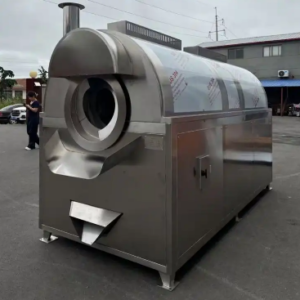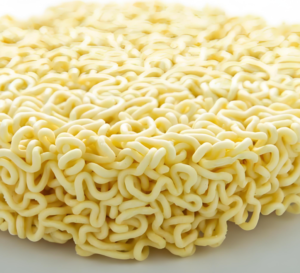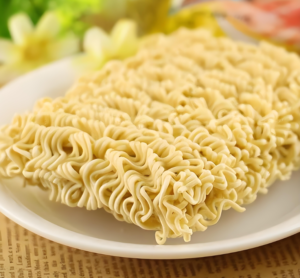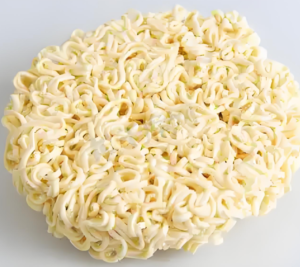potato chips production line how to make potato chips
ToggleHow to Produce High-Quality Potato Chips?
Producing high-quality potato chips requires careful attention to raw materials, processing techniques, and quality control. Premium chips should be crispy, evenly flavored, and free from defects like browning or excessive oiliness. Below is a detailed guide to manufacturing top-tier potato chips.
1. Selecting the Right Potatoes
The foundation of great chips lies in choosing the best potatoes:
- Variety: Opt for high-starch, low-sugar potatoes (e.g., Russet, Atlantic, or Maris Piper) to prevent darkening and ensure crispiness.
- Quality: Use fresh, firm potatoes free from bruises, green spots, or sprouting.
- Size: Medium to large potatoes are ideal for uniform slicing.
2. Thorough Cleaning and Peeling
- Washing: Potatoes must be thoroughly cleaned with high-pressure water jets to remove dirt and bacteria.
- Peeling: Mechanical or steam peelers remove the skin while minimizing waste. Some premium brands leave the skin on for a rustic texture.
3. Precision Slicing
- Consistency: Slices should be uniformly thin (1.2–1.5 mm) for even cooking.
- Cutting Method: Sharp, industrial-grade blades or water-jet cutting ensures smooth edges, reducing breakage.
- Rinsing: Soak slices in cold water to remove excess starch, preventing clumping and improving crispiness.
4. Blanching (Optional but Recommended for Premium Chips)
- Purpose: Blanching in hot water (70–85°C) or oil pre-cooks the slices, reducing frying time and improving color.
- Benefits:
- Removes excess sugars to prevent browning.
- Enhances texture by gelatinizing starch.
5. Optimal Frying or Baking
A. Deep Frying (Traditional Method)
- Oil Selection: Use high-stability oils (e.g., sunflower, peanut, or coconut oil) with a high smoke point.
- Temperature Control: Fry at 170–190°C for 2–3 minutes until golden and crispy.
- Oil Refreshment: Continuously filter and replace oil to avoid off-flavors.
B. Baking (Healthier Alternative)
- Process: Lightly coat slices with oil and bake at 180–200°C for 8–12 minutes.
- Result: Lower fat content but requires careful moisture control to maintain crispiness.
6. Seasoning for Premium Flavor
- Even Distribution: Use a rotating seasoning drum to coat chips uniformly.
- Flavor Options:
- Classic: Sea salt, vinegar, or black pepper.
- Gourmet: Truffle, aged cheddar, or spicy chili.
- Oil Mist (Optional): A light oil spray helps seasoning adhere better.
7. Advanced Quality Control
- Color & Texture: Automated optical sorters reject burnt, uneven, or broken chips.
- Moisture Testing: Ensure moisture content is below 2% for maximum crispiness.
- Oil Content: Maintain 30–40% oil for fried chips (lower for baked versions).
8. Nitrogen Packaging for Freshness
- Airtight Sealing: Chips are packed in foil-lined bags with nitrogen gas to prevent oxidation and staleness.
- Portion Control: Single-serve or resealable packs maintain crunchiness.
Conclusion
Producing high-quality potato chips demands precision at every stage—from selecting premium potatoes to perfecting frying techniques and packaging. By controlling factors like oil quality, slice thickness, and seasoning, manufacturers can create a superior product that stands out in taste, texture, and freshness.
Would you like insights into organic or specialty (e.g., kettle-cooked) chip production?








